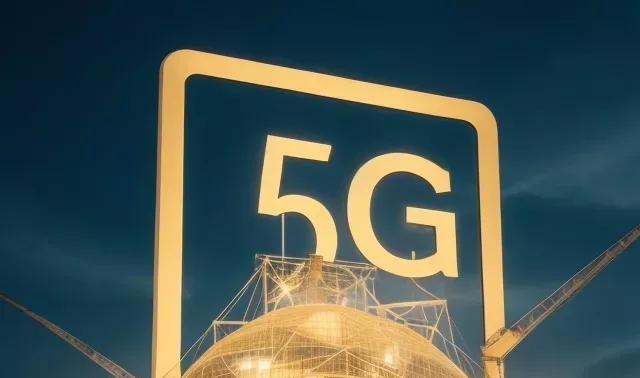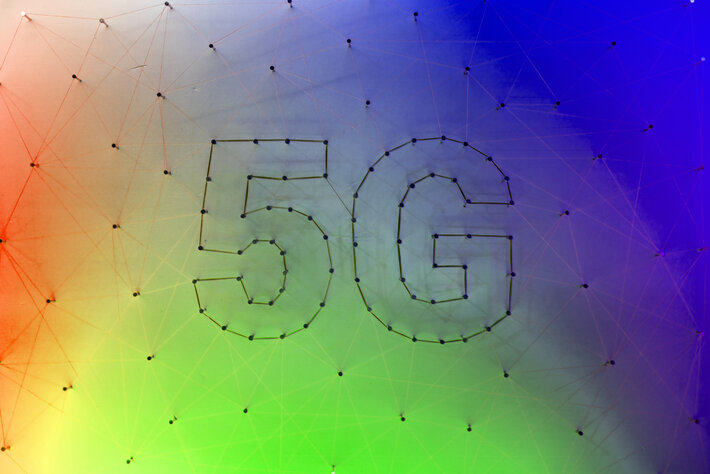Ericsson has carried out tests on Malaysia’s 5G network deployed by Digital Nasional Berhad (DNB) for the first implementation and validation in Southeast Asia of Ericsson’s pre-commercial Reduced Capability (RedCap) software. The tests were carried out in collaboration with MediaTek, a semiconductor company that designs and manufactures system-on-chip (SoC) solutions, using its 5G RedCap test platform in Malaysia.
RedCap is an evolution of 5G technology that complements cellular IoT technologies with benefits that include reduced device chipset cost, lower complexity and less power consumption while delivering higher data rates comparable to LTE Cat-1 to LTE Cat-4. It can also support advanced 5G standalone (SA) new radio (NR) functionalities such as enhanced positioning and network slicing.
It will allow for the introduction of services beyond enhanced mobile broadband (eMBB) on 5G standalone architecture, broadening the ecosystem and offering new monetisation opportunities in both the consumer and industrial spaces.
“RedCap will broaden connectivity options for diverse use cases and enhance usage across consumer, industrial and enterprise devices that don’t require the full range of 5G’s capabilities,” said David Hägerbro, the head of Ericsson Malaysia, Sri Lanka and Bangladesh.
The small device size, long battery life and substantial throughput of devices makes RedCapcompatible with many mobile consumer applications such as wearables, health monitors, augmented reality (AR) devices as well as industrial applications such as video surveillance and sensors.
Miles Sun, the general manager of Corporate Sales for Asia and Africa at MediaTek, added: “This collaboration with Ericsson and DNB is an important step in bringing new 5G capabilities to Malaysia. 5G RedCap paves the way for cost-effective and power-efficient connectivity in IoT and wearable devices for businesses and consumers.”
The RedCap tests on the DNB network have been carried out on the time division duplex (TDD) 3500 and frequency division duplex (FDD) 700 layers for both data calls and Voice over New Radio (VoNR), which provides high-definition audio and video for improved user experience.
Comment on this article below or via X: @VanillaPlus OR @jcvplus






